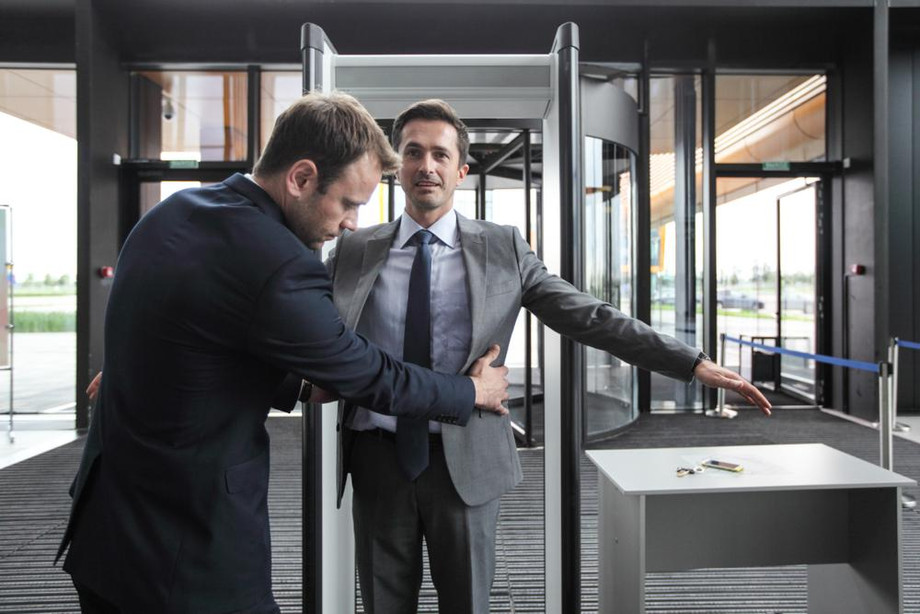What Is Checkpoint Security?
Cuerpo
The top priority of security personnel is to ensure the safety and security of people and property. One of the key components of security measures is checkpoint security. In this article, we will discuss what checkpoint security is and how it is implemented to enhance safety and security.
What is Checkpoint Security?
Checkpoint security is a security measure that involves the inspection of individuals, items, and vehicles to ensure that they are not carrying any prohibited items or substances. It is commonly used in areas with a high level of security risk, such as airports, government buildings, and military bases. It may also be used to ensure only authorised persons enter a restricted area.
How is Checkpoint Security Implemented?
Checkpoint security is implemented through a multi-step process that involves a combination of technology and human intervention. The following are the common steps involved in the checkpoint security process:
Identification: The first step in the checkpoint security process is the identification of the individual or vehicle. This is done by checking identification cards, passports, or vehicle registration papers.
Screening: The second step is the screening of the individual or vehicle. This is done using metal detectors, X-ray machines, and other scanning devices to detect any prohibited items or substances.
Inspection: If any prohibited item or substance is detected during the screening process, the individual or vehicle will be subject to a more thorough inspection. This may involve a physical search or the use of detection dogs.
Clearance: Once the inspection is completed and no prohibited items or substances are found, the individual or vehicle will be cleared to proceed.
The Use of Technology in Checkpoint Security
Technology plays a crucial role in checkpoint security. Modern security systems use advanced scanning technologies such as X-ray machines, metal detectors, and CT scanners to detect prohibited items and substances. In addition, biometric systems such as facial recognition and fingerprint scanning are also used to identify individuals.
The Role of Security Personnel
While technology is an important aspect of checkpoint security, security personnel also play a critical role. They are responsible for monitoring the scanning devices, identifying suspicious behaviour, and conducting physical searches when necessary.
Checkpoint security is an essential security measure used to ensure the safety and security of people and property. The use of technology, combined with the skills of security personnel, makes checkpoint security an effective way to detect and prevent potential security threats. SSTC is committed to providing the highest level of safety and security to its clients.









Comentarios